Electricity
Monitoring and measuring a.c.
a.c. is current which changes direction and instantaneous value with time. Peak or r.m.s. values can be calculated if the other is known. Frequency can be determined from graphical data.
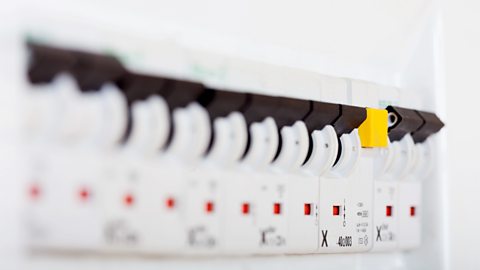
Current, potential difference, power and resistance
Current, potential difference, power and resistance can be calculated to analyse circuits including potential dividers and Wheatstone bridges. Calculations may involve several steps.
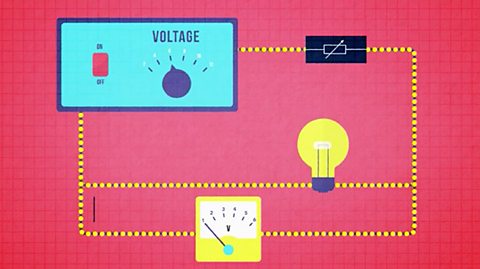
Electrical sources and internal resistance
Electromotive force is defined as energy per unit charge. Internal resistance provides an explanation for varying terminal potential difference under load.
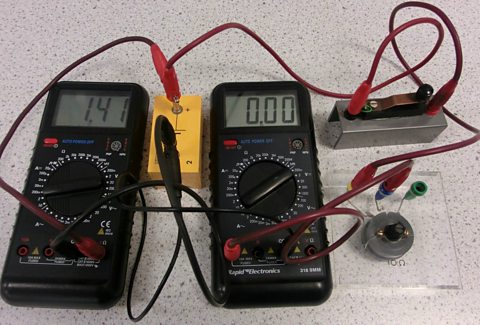
Capacitors
Capacitance and energy stored in a capacitor can be calculated or determined from a graph of charge against potential. Charge and discharge voltage and current graphs for capacitors.
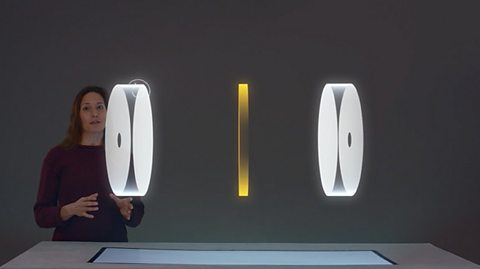
Conductors, semiconductors and insulators
Solids can be categorised into conductors, semiconductors or insulators by their ability to conduct electricity. Electron band theory explains differences in conduction.
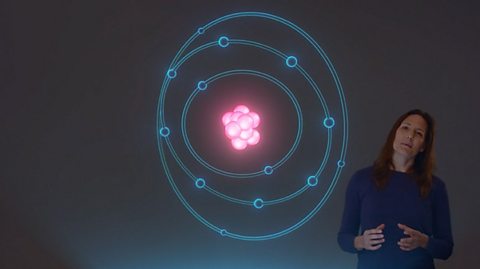
Semiconductors and p-n junctions
Semiconductors can be doped with other materials to become p-type or n-type. A p-n junction diode can be forward or reverse bias. LEDs are forward bias diodes that produce photons of light. Solar cells are p-n junctions that absorb photons, giving electrons enough energy to enter the conduction band.

Video playlist
Direct and alternating current. Video
An explanation of the difference between direct and alternating current.

Links
- External linkExternal link
- External linkExternal link
- External linkExternal link
- External linkExternal link